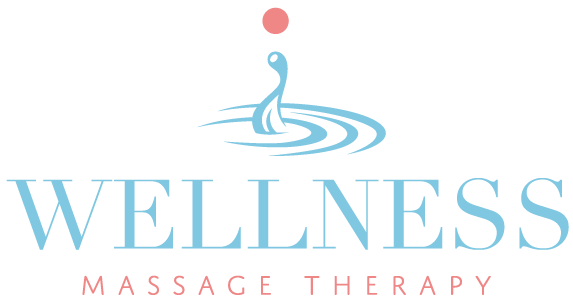Should you crack your joints?
/Do you crack your joints? If so you’ve probably wondered if it is good for you. It usually gives you a satisfying pop or crack so it can't be that bad right. If you don't crack your joints then you probably find it horrifying that people do it.
What is cracking?
Cracking or popping of a joint is basically moving the two ends of a joint away from each other (cavitation) which will then release the nitrogen gas within it. The release of this gas creates the popping sound. It can be hard to believe that this sometimes loud sound can come from a simple gas release but you could liken it to pulling a suction cup off a piece of glass.
Is cracking good for me?
Well, the short answer is we don't really no. There is no definitive proof either way. The understanding that science has as to what happens when we crack a joint appears to be very safe. Releasing of gas from a joint appears to be a natural and normal part of everyday life. The old idea that it was the bones of the joint rubbing against each other that caused the sound is not correct. If you have osteoarthritis in a joint then it would be advisable not to crack the joints as it may cause pain, it may also release tension so this would be on a case by case basis. The reason osteoarthritis may be aggravated by cracking will be that the joint won't have cartilage to protect the bone ends so they may actually rub against each other.
What about Chiropractors?
From a Chiropractors perspective they usually advise you not to crack your own joints, especially the neck, as this can over stretch the ligaments in the joint which will make them looser and crack even more. You can then get hyper mobile joints that move too much.
While we are talking Chiros we could add that the idea of putting a joint back in or that a joint can be “out” is a bit of an outdated idea. The reality of what is happening when they “adjust” a joint is just releasing gas or tension from a joint. Once you pop a joint, you will be able to pop it again approximately 20 mins later as the gas has had time to build up in the joint. It’s like cracking your knuckles. If you crack them right now, you won't be able to crack them again straight away. Our knuckles don't crack because they are out of alignment they crack because there is a gas build up in the joint which is a natural process and by product of a synovial joint.
So there you have it if you're a joint cracker and love it then there is no real proof that it is dangerous, just be careful in the neck not to over stretch it.

